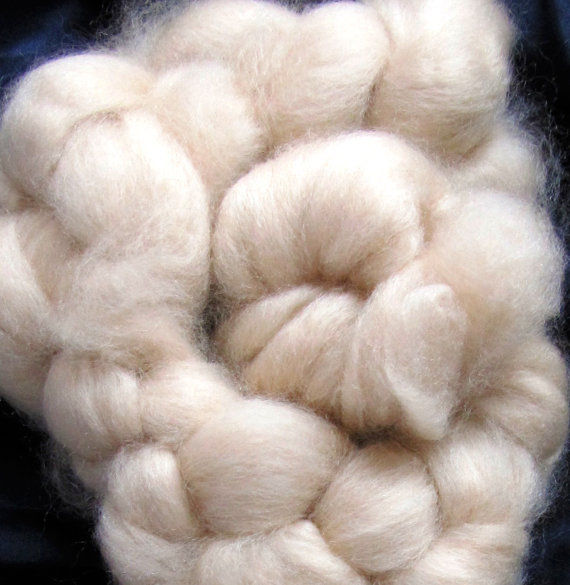Unveiling the Secrets of cashmere and Its Timeless Appeal in Fashion
Unveiling the Secrets of cashmere and Its Timeless Appeal in Fashion
Blog Article
Understanding the Different Kinds of Cashmere a Natural Fiber and Their One-of-a-kind Benefits

The Beginnings of Cashmere: A Historical Review
While the extravagant touch of cashmere remains to charm modern-day consumers, its origins trace back to the rough, cold climates of Mongolia and the Mountain ranges. For centuries, the indigenous peoples of these areas have actually been elevating Capra Hircus goats, the prime source of cashmere wool. These goats, resistant versus the severe winter seasons, expanded a great undercoat to survive, which later became called cashmere. The name itself pays homage to Kashmir, a region in India where the wool was originally refined. Much of the early cashmere trade course was helped with by the Silk Road, linking Asia with the Center East and Europe. Despite its worldwide spread, the finest cashmere is still believed to originate from the original areas of Mongolia and the Mountain Ranges.

The Production Refine: From Goat to Garment
Shearing a Capra Hircus goat marks the creation of the detailed cashmere production process. This fragile treatment usually takes place once a year throughout springtime. The fine, soft undercoat is then divided from the coarser external hair, a procedure called dehairing. The resultant raw cashmere is then cleaned to get rid of contaminations such as veggie, grease, and dirt matter.
The clean fiber goes through dyeing, spinning, and weaving, or knitting, to transform it into a material. Facility treatments such as quality control checks and finishing procedures adhere to, ensuring the end product keeps the elegant standard expected of cashmere. This meticulous procedure, from goat to garment, validates the high expense affixed to cashmere items, making them an icon of luxury and improvement.
The Various Kinds Of Cashmere: An Extensive Evaluation

The Unique Benefits of Cashmere: Convenience and Sustainability
Relocating from the selection of cashmere kinds to the advantages they provide, comfort and sustainability stand out plainly. Cashmere, an all-natural fiber, is renowned for its unrivaled gentleness, offering a level of comfort that artificial fibers can not match.
When it pertains to sustainability, cashmere is eco-friendly and eco-friendly, as it's collected from cashmere goats that regrow their coats annually. what is cashmere. Unlike artificial fibers which can take centuries to break down, cashmere's his explanation impact on the environment is marginal. This combination of comfort and sustainability makes cashmere a useful choice for aware customers

Taking Care Of Your Cashmere: Maintenance and Conservation Tips
While cashmere is undoubtedly a lasting and lavish choice, it requires details treatment to preserve its quality and expand its life-span. To start, cashmere should be hand washed using cold water and a light detergent. Cashmere items ought to be kept in a dry and amazing location, away from direct sunshine and wetness.
Buying Cashmere: Recognizing Its Worth and Well Worth
Although cashmere may at first important link appear like a costly financial investment, its long-term worth and worth become obvious when you consider its remarkable high qualities. Known for its unmatched softness and heat, cashmere is a costs natural fiber that outmatches other products. Spending in cashmere, therefore, is not simply concerning present style trends, however concerning embracing a sustainable, resilient, and luxurious lifestyle.
Final Thought
In recap, the type of cashmere one selects, be it Mongolian, Chinese, or Italian, is dictated by individual preferences for warmth, sustainability, high-end, and spending plan. Recognizing the beginnings, manufacturing process, and distinct benefits of different kinds of cashmere can guide customers in their financial investment in this luxurious all-natural fiber.
Whether it's the extraordinary warmth of content Mongolian cashmere, the cost of Chinese cashmere, or the eco-conscious production of Italian cashmere, there's a tale to be found behind each fiber type. Cashmere, an all-natural fiber, is renowned for its unmatched soft qualities, providing a degree of convenience that synthetic fibers can not match.When it comes to sustainability, cashmere is eco-friendly and naturally degradable, as it's collected from cashmere goats who regrow their coats every year. Known for its unparalleled gentleness and warmth, cashmere is a costs natural fiber that outmatches other products. Comprehending the origins, production procedure, and distinct advantages of different types of cashmere can guide consumers in their financial investment in this glamorous all-natural fiber.
Report this page